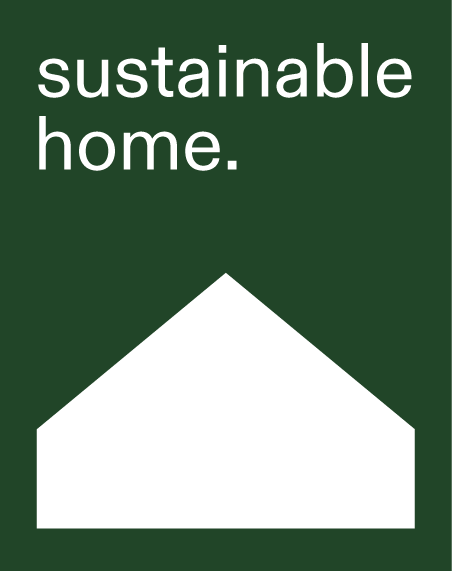‘The project allows the space to slow down, and acts as a retreat from the everyday,’ Scale Architecture associate director Georgie Forbes-Smith says of this holiday home in Tasmania.
This is undoubtedly the best way to describe Spring Beach House. Located about an hour’s drive from Hobart on the East Coast, the new build feels perfectly anchored into its bushland context, with tranquil views over the coastline.
Constructed as a replacement for a dilapidated timber cabin that was dissembled, the two-bedroom home now serves as a getaway for two sisters, and their respective families.
‘The vision for the project was to create a compact home that would gradually recede into the landscape — shaped as much by its natural setting as by the brief,’ Georgie adds.
All the materials were selected with this ethos in mind. The exterior is clad in a board and batten system of locally sourced blue gum timber. After rain, the building deepens in colour, and over time it will weather gracefully, blending further into the surrounding landscape.
With a gabled roof, the small yet generous building is arranged into a series of public and private zones.
The bathrooms and bedrooms are nestled on one end of the floor plan, offering a sense of intimacy in scale and function, divided from the rest of the home by the central kitchen joinery.
‘The kitchen features Laminex Pale Honey cabinetry, while the bathroom uses khaki-green porcelain tiles,’ Georgie says.
‘Both colour selections are drawn from the earthy tones of the local landscape, reinforcing the home’s connection to its natural surroundings.’
The atmosphere shifts from the cosy nature of the sleeping wing to a larger, double-height communal space containing the open-plan kitchen, living and dining.
Carefully placed windows lined in Tasmanian oak allow for passive heating and cross ventilation for cooling, while also framing views of the coastal surrounds; east toward the bush context; south to the entry courtyard; as the elevated deck to the north overlooks the ocean beyond.
‘This sunlit, warm space floats above the rugged surrounding landscape. The edge of the deck becomes a place to sit — immersed in bushland views, fresh breezes, and the scent of blue gums,’ Georgie says.
Despite Tasmania’s cool climate, the house requires minimal mechanical heating and cooling, with the building achieving a 7.5 NatHERs rating.
The resulting home almost feels like an extension of the land itself, and Georgie says the building will age and recede further into nature in the years to come.
‘The brief was not to create a luxury home, but to deliver beautiful moments through simple, thoughtful detailing,’ she adds.
























































